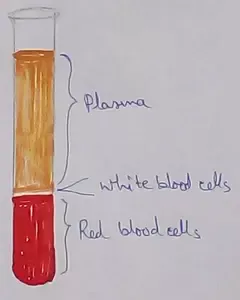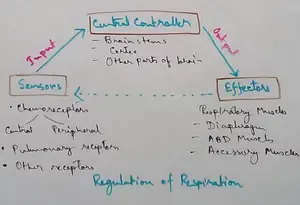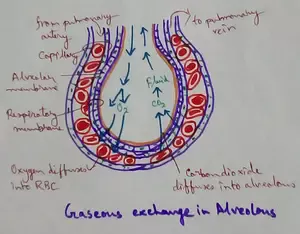High Tide and Low Tide
We will discuss here about the high tide and low tide and their occurrence.
Sir Isaac Newton discovered that every object of the Universe attracts other objects. He termed this phenomenon as gravitation. Due to this gravitational attraction of the Moon and to a lesser extent of the Sun, the water of oceans and seas on the Earth alternately rises and falls. This is called tide. The rise of water level is called high tide and its fall is called low tide. In 24 hours two sets of high and low tides occur at the same place.
The Moon is existing close to the Earth. So the Moon and the Earth both exert strong gravitational pull towards each other. In this situation solid objects remain fixed at their position, but the water of oceans and seas rises in the direction of the Moon. This is called primary high tide.
The water, just at
opposite to the primary high tide zone i.e., at the other side of the Earth,
also rises a little. It is called secondary high tide. Due to the direct
attraction from the Moon primary high tide rises higher than the secondary high
tide. As a result of these two high tides at two opposite sides of the Earth,
the water level of the oceans falls sharply at other parts of it. This is
called low tide.
What is spring tide?
During full moon or new moon, when the Earth, the Sun and the Moon stay in a straight line, the gravitational attractions of both the Sun and the Moon combine. At that time the high tides rise very high and low tides fall very low. This phenomenon is called spring tide.
What is neap tide?
During quarter moon phases, the position of the Sun and the Moon form a right angle with the Earth. So the force of attraction of the Sun reduces the effect of the Moon’s gravity. As a result the difference between high tide and low tide becomes very little. This tide is called neap tide.
From High Tide and Low Tide to HOME PAGE
Recent Articles
-
What Is Plasma? | Blood Plasma | Proteins | Nutrients | Cholesterol
Nov 07, 25 10:29 AM
Blood is a mobile fluid which is a connective tissue and is derived from the mesoderm like cell any other connective tissue. Colour of blood is reddish and that flows inside the blood vessels by means… -
Disorders of Respiratory System | Tuberculosis | Pleurisy | Emphysema
Oct 28, 25 11:39 PM
Tuberculosis is very common disease and is caused by a type of bacteria called Mycobacterium tuberculosis. This disease causes different trouble in the respiration and infection of several parts of th… -
Regulation of Respiration | Respiratory Centres | Inspiratory Area |
Oct 14, 25 12:13 AM
Respiratory Centre is the area that controls the rate of respiration and it is observed to be located in medulla oblongata and pons. Respiratory Centre has the following will dispersed components like… -
Explain Transport of Gases | External Respiration | Tissue Respiration
Oct 09, 25 11:35 PM
In humans gaseous exchange is completed in the following ways the steps are - External Respiration or Breathing - Breathing in false taking in of Oxygen and giving out of carbon dioxide in the body. M… -
Kind and Number of Teeth | Location of Teeth in Mouth | Care of Teeth
Sep 11, 25 12:52 AM
Kind and Number of Teeth





New! Comments
Have your say about what you just read! Leave me a comment in the box below.